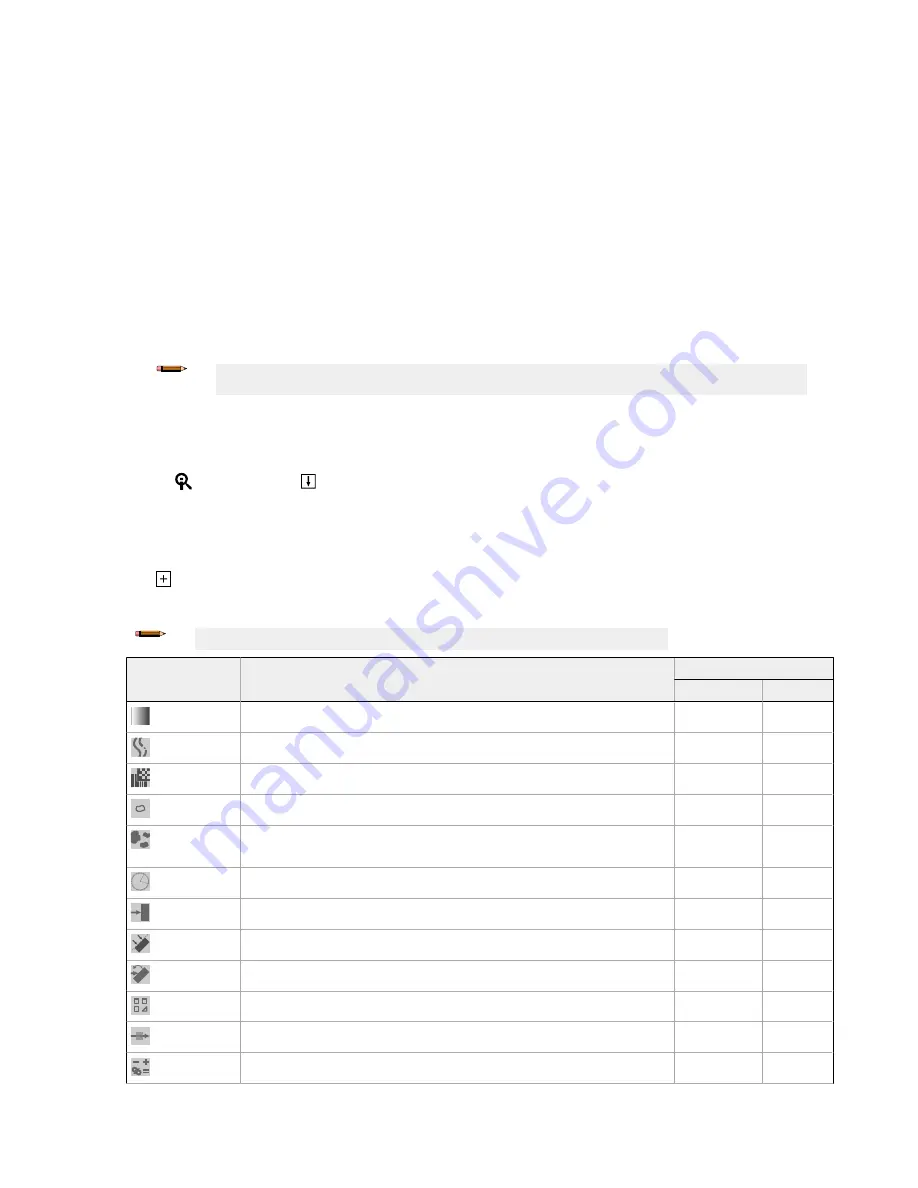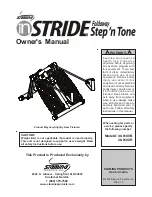
b) In the Trigger Mode list, click Internal (continuous images).
5. Run Auto Exposure.
a) Expand the Imager parameters.
b) Expand the Auto Exposure parameters, and click Start to run.
6. Check the lighting on the part.
•
Make sure that the lighting is constant and consistent (unchanging over time, no shadows or hot spots)
•
Capture the shape and form of the target object with lighting that optimizes its contrast and separates the feature of interest from the
background. Depending on the target, consider other Banner lights
•
Adjust the mounting angle to provide the clearest image of the part features you are inspecting
7. After checking and adjusting the lighting, run Auto Exposure a second time or adjust the exposure manually by expanding the Exposure
parameters and moving the slider or entering a specific exposure time.
8. Adjust the focus.
a) Place the part so that the area to be focused appears in the center of the Image pane.
b) Expand the Focus Info parameters.
c) Make sure that the Focus Info checkbox is selected.
d) Adjust the focus of the lens while monitoring the focus number.
The focus number is a number between 1 and 255. Use the Image pane to determine when the image is sharp enough, or use the focus
number as a guide. Turn the focus ring on the lens until the focus number is at the highest possible number between 1 and 255. The
focus number is also available on the sensor display.
Note: There is no optimal value for this number, but it can be used as a guide if you are setting up more than one
sensor that are focused on the same target.
e) Tighten the locking thumbscrews to secure the lens at the desired focus.
Set Up an Inspection
Vision Manager allows you to set up or make changes to an inspection while the sensor is running. Changes are automatically saved as they are
made.
1.
From the
Sensor screen, click
in the upper right corner to view the inspection list.
2. Click Add New Inspection.
A new inspection is added to the list, the Image pane updates, and the Tools & Results tab shows only the camera tool.
3. Add tools and adjust them as needed for the inspection.
Add a Tool
1.
Click
on the Tools & Results tab.
The Add Tool window opens.
2. Click the desired tool.
Note: Not all tools are available for all VE models, with the exception of ID models.
Tool Name
Description
Available on:
Vision Models
ID Models
Average Gray
Evaluates pixel brightness within an ROI and computes the average grayscale value.
x
Bead
Inspects parts for uniformity of adhesive or sealant material, or for uniformity of a gap.
x
Barcode
Finds and reads 1D and 2D barcodes.
x
Blemish
Determines whether flaws are present on a part, or detects whether a feature exists on a part.
x
Blob
Detects and counts/locates groups of connected light or dark pixels within the ROI and
designates them as blobs (Binary Large Objects). After blobs are found, they can be
characterized by size and shape.
x
Circle Detect
Detects a single circle or piece of a circle (arc).
x
Edge
Detects and counts transitions between bright and dark pixels (edges). Counts the total
number of edges, and determines the position of each edge.
x
Line Detect
Locates a single, straight line segment by finding edge points along bright or dark pixel
transitions and fitting a line to those points.
x
Locate
Finds the first edge on a part and compensates for translation and rotation of downstream
tools (if selected).
x
x
Match
Verifies that a pattern, shape, or part in any orientation matches a reference pattern. Can also
compensate for translation and rotation of downstream tools (if selected).
x
Object
Detects the edges of dark and bright segments and locates their midpoints. Counts dark and
bright segments, and measures the width of each dark and bright segment.
x
Math
Performs mathematical operations using tool data or user-supplied constants. Includes basic
arithmetic, inequality expressions, and statistical information.
x
x
VE Series Smart Camera
6
www.bannerengineering.com - Tel: + 1 888 373 6767
P/N 191667 Rev. J





























